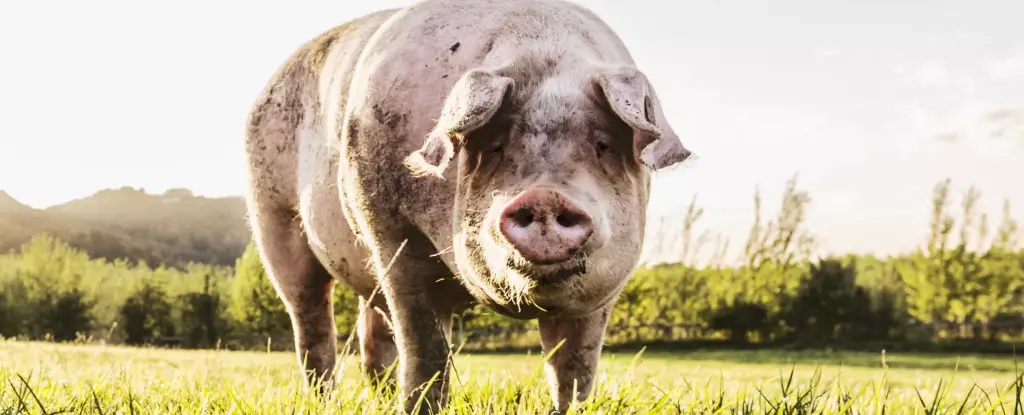In a concerning development for both animal health and public safety, the H5N1 avian flu virus has made its first appearance in pigs in the United States, specifically in Oregon. This case marks a significant milestone, reflecting the complexities and interconnections within animal agriculture. The pig was discovered to be infected shortly after several poultry on the same property tested positive, raising alarms about the potential for cross-species transmission of this highly contagious pathogen.
Following the discovery, authorities from the U.S. Department of Agriculture (USDA) acted swiftly by euthanizing the affected pig, along with four others on the farm, to facilitate diagnostic analysis and curb any possibilities of further spread. While it is confirmed that the infected pig showed no visible signs of illness, the fact that it shares living conditions with poultry is noteworthy, as this environment has historically facilitated transmission between various animal species. It also showcases the challenges of controlling such viruses in non-commercial agricultural settings, where biosecurity measures might not be as stringent.
Following the incident, the farm has been placed under quarantine, a measure designed to prevent the spread of H5N1 to other livestock or into the surrounding ecosystem. All other animals on the property—sheep and goats in addition to the pigs—are now under observation. These steps illustrate the diligence required to monitor animal health in the context of emerging infectious diseases.
Public health experts express legitimate concerns about the escalating incidence of mammalian infections with avian flu strains, as this trend might lead to mutations that could ultimately increase zoonotic potential—meaning it could potentially jump to humans. However, it is crucial to note that genetic analyses conducted by the USDA have not shown any immediate changes in the H5N1 strain that would suggest enhanced transmissibility towards humans. Despite this reassurement, the situation requires vigilant monitoring, as viruses can undergo rapid mutations.
The case in Oregon serves as a stark reminder of the intricate web linking diverse species within agricultural ecosystems, as well as the potential risks associated with zoonotic diseases in a changing world. The USDA is currently conducting genomic sequencing on the affected pig’s sample, the results of which could provide further clarity on the evolution of H5N1 concerning its risk to both animal and human populations. As the situation unfolds, it reaffirms the necessity for continuous surveillance and research in animal health, particularly in environments where wildlife and domesticated species interact closely.
While there is currently no immediate threat to pork safety or human health from this incident, the intersection of animal agriculture and emerging diseases underscores the importance of maintaining robust health protocols in agricultural practices moving forward.


Leave a Reply